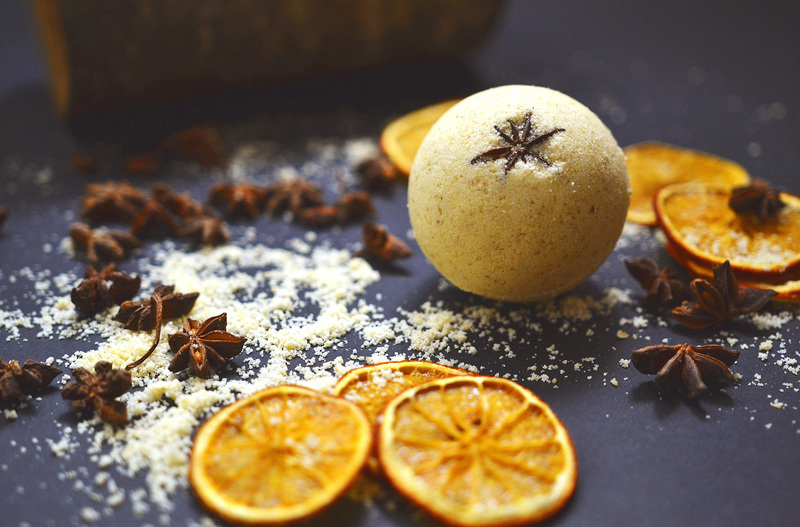Efficient Tips for Cleaning Stubborn Stovetop Residue
Posted on 20/08/2025
Efficient Tips for Cleaning Stubborn Stovetop Residue
Keeping your kitchen pristine is never easy--especially when greasy, burned-on residue clings to your stovetop. Stubborn stovetop residue doesn't just mar the appearance of your appliances, but it can also affect their performance and even pose a fire hazard! If you've ever wrestled with sticky spills or crusty stains that seem impossible to remove, you're not alone. This comprehensive guide offers efficient stovetop cleaning tips and home-based tricks to make your cooktop sparkle--no matter how tough the mess.

Why Is Cleaning Stovetop Residue So Challenging?
It's not just about the grime you see. Residue buildup includes spills, oil splatters, burnt food, and sticky sauces, all of which can create a stubborn layer when exposed to heat. The longer these remain, the tougher they become to remove, etching into glass, ceramic, or metal surfaces.
- Heat-catalyzed buildup: Repeated exposure to cooking heat bakes splatters and spills onto your stove.
- Time factor: The longer spills are left, the harder they are to remove due to hardening and chemical changes in the residue.
- Different materials: Ceramic, glass, stainless steel, and enamel all need special care.
Preparation: What You'll Need for Efficient Stovetop Cleaning
Before tackling tough stains, gather your cleaning supplies:
- Baking soda - a natural abrasive and deodorizer
- White vinegar - cuts grease and dissolves mineral deposits
- Dish soap
- Microfiber cloths - gentle but effective
- Non-abrasive sponges or scrub pads
- Plastic scraper or old credit card
- Optional: Commercial stovetop cleaner
- Gloves to protect your hands
Now, let's dive into the most effective methods for removing stubborn residue from your stovetop.
Step-by-Step Guide: How to Remove Stubborn Stovetop Residue
1. Always Start with a Cool Stove
Safety first! Ensure the stove is turned off and completely cooled down before cleaning to avoid burns or injury.
2. Initial Wipe-Down
Wipe away loose crumbs and debris with a damp cloth before dealing with tougher stains. This will stop you from smearing loose mess into other areas while scrubbing.
3. Applying a Homemade Cleaning Solution
For persistent stovetop stains, a homemade paste works wonders:
-
Mix 2 parts baking soda with 1 part water to create a thick paste.
-
Spread the paste generously over the stubborn residue.
-
Let it sit for at least 15-20 minutes. For extremely tough stains, leave it for up to an hour.
4. Adding Vinegar for Extra Power
After the baking soda paste has worked its magic, spray white vinegar over the paste. The fizzing reaction helps break down grease and burnt-on food even more.
5. Scrubbing Techniques
- Use a soft sponge or microfiber cloth to scrub in a circular motion, focusing on stubborn areas.
- If residue remains, use a plastic scraper or an old credit card with gentle, flat motions to avoid scratching the surface.
- For encrusted spills, repeat the paste-vinegar method as needed.
6. Rinse and Dry
Wipe down the surface with a clean, damp cloth to remove any cleaning residue, then dry thoroughly with another clean towel. This prevents streaking and future buildup.
Special Tips for Different Stovetop Materials
Glass and Ceramic Stovetops
Important: Avoid metal scouring pads, which can scratch glass and ceramic. Instead, rely on non-abrasive sponges and plastic scrapers.
- Use commercial glass stovetop cleaner for persistent marks, following manufacturer's instructions.
- Never use baking soda dry; always form a paste to prevent scratching.
Enamel-Coated Stovetops
- Enamel surfaces can usually tolerate mild abrasives, but avoid sharp implements.
- After cleaning, wipe with a damp cloth and a drop of dish soap to restore shine.
Stainless Steel Stovetops
- Always scrub with the grain of the metal to avoid streaks and scratches.
- White vinegar works wonders for cutting grease on stainless steel. Finish with a dry cloth to avoid water spots.
- Polish with a small amount of olive oil for extra shine!
Advanced Cleaning Solutions for Stubborn Stovetop Residue
When home remedies aren't enough, try these advanced solutions:
- Commercial degreasers: Products like Bar Keeper's Friend, Cerama Bryte, or Weiman Stovetop Cleaner are made for tough build-up.
- Apply these cleaners following package directions. Use gloves and ventilate your space well.
- Razor blade scraper: For glass tops only, a professional-grade razor blade held at a low angle can gently remove stuck-on residue. Always check your manufacturer's recommendations first.
Natural Alternatives and Eco-Friendly Approaches
-
Lemon juice: The citric acid helps dissolve stains and adds a fresh scent to your kitchen.
How to use: Rub half a lemon over the stains, let sit, then scrub clean. -
Hydrogen peroxide and baking soda: For extra whitening and deodorizing on white enamel stoves.
Mix into a paste, apply, let stand, and scrub off residue. - Steam: Fill a bowl with boiling water, place it on the stove (with burners off), and let steam soften residue for 15 minutes before cleaning.
Preventive Tips to Keep Stovetops Spotless
Regular maintenance makes heavy-duty cleaning less frequent and much easier. Practice these habits for a cleaner stove all year:
- Wipe down after every use: A quick wipe prevents buildup from settling and baking in.
- Clean spills promptly: Don't let food or liquid sit--it'll be much harder to clean later.
- Deep clean weekly: Dedicate a few minutes weekly for detailed cleaning, especially after heavy use.
- Use burner liners: Disposable or reusable liners catch spills and are easy to replace or wash.
- Keep cookware bottoms clean: Residue transfers from the bottom of dirty pans can worsen stovetop buildup.
How to Tackling Grates, Knobs, and Other Stovetop Components
Don't forget removable parts such as grates, burner covers, and control knobs:
- Soak grates and burner caps in hot, soapy water for 20-30 minutes. Use a stiff-bristled brush to loosen debris before rinsing and drying thoroughly.
- For very greasy parts: Add a splash of vinegar or baking soda to your soak, or use a degreaser.
- Knobs: Remove if possible and wipe them clean. Avoid soaking electrical components.
Common Mistakes to Avoid When Cleaning Stovetop Residue
- Using harsh abrasives: Scouring pads or powders can scratch or damage stovetop surfaces, especially glass and stainless steel.
- Skipping a test spot: Always test cleaners, especially commercial products, in an inconspicuous area first.
- Pouring water on electric parts: Water can damage electrical elements--use a damp, not soaked, cloth near controls.
- Failing to dry thoroughly: Moisture can cause streaks, promote rust, or attract grime. Always dry thoroughly after cleaning!

Frequently Asked Questions about Stubborn Stovetop Residue
How often should I deep-clean my stovetop?
Ideally, deep-clean once a week or after any heavy usage. Regular quick cleans after each use help minimize time and effort required for deep cleaning.
Can I use bleach to clean my stovetop?
While bleach can disinfect, it is not recommended for stovetops. It can discolor materials, corrode metal, and isn't necessary for removing food residue.
What should I avoid using on glass stovetops?
Avoid steel wool, rough scrub pads, and undiluted baking soda (as a powder). These can scratch the surface. Also, never use ammonia-based cleaners, as they can damage the glass.
What are the best commercial cleaners for stubborn residue?
Specialty cleaners like Weiman Stovetop Cleaner, Cerama Bryte, and Bar Keeper's Friend are all effective for stubborn build-up on glass and ceramic stoves.
Conclusion: Make Stovetop Cleaning Easier--and More Efficient!
Cleaning stubborn stovetop residue doesn't have to be a chore. With the right methods, efficient stovetop residue removal is quick, straightforward, and even eco-friendly! By using gentle abrasives like baking soda, the power of vinegar, and commercial solutions where necessary, you can restore your stove's shine and keep your kitchen healthier and safer.
Remember--consistency is key. Adopting preventive cleaning habits minimizes the chance of residue becoming a tough, time-consuming mess.
Implement these efficient stovetop cleaning tips and say goodbye to stubborn stains. If you found these strategies helpful, share them with fellow home cooks or bookmark this article for reference next time you face a sticky stovetop situation!
```


